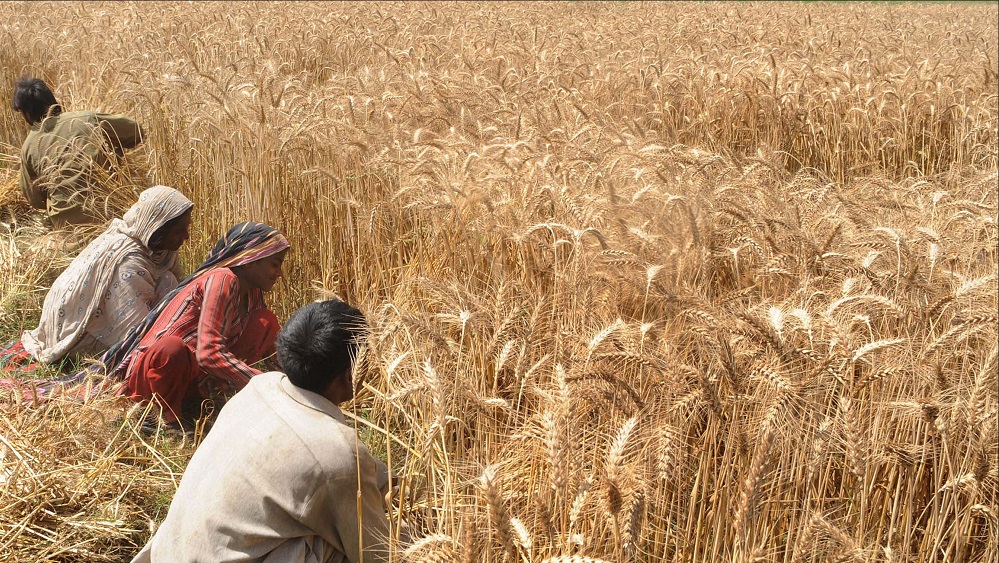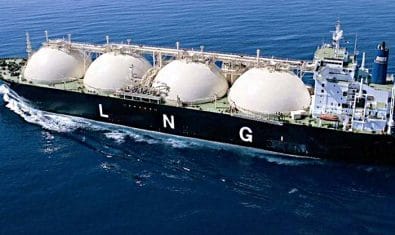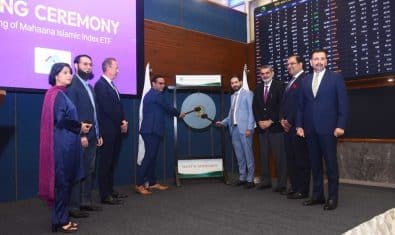China’s hybrid wheat helps accelerate the production of wheat in the Belt and Road countries. Countries where wheat production is not as high despite it being the largest food crop, especially Pakistan, can use the hybrid wheat to notch up their production.
China is the world leader when it comes to research and development in advanced agricultural systems and hybrid wheat varieties.
Collaboration With China
To counter the low production, the governments of Pakistan and China have collaborated for the hybrid wheat plantation. For this, around 150 Chinese experts have visited Pakistan to train the local farmers and agricultural experts across 20 cities.
Beijing Hybrid Wheat Engineering Technology Research Center and Chinese Hybrid Wheat Company are working together with the University of Agriculture Peshawar and Jiade Agricultural Company since 2012 and more than 120 hybrids have been planted across 230 locations. The yield has shown a tremendous growth of 24.4%.
Hybrid wheat varieties are not only useful in South Asia but Africa and Europe as well. Sinochem Group’s Vice President for Agricultural Division, Song Weibo says:
In the future, Sinochem Group will cultivate a number of high-yield, high-quality, and resistant wheat varieties that are suitable for Central and South Asian countries along the Belt and Road. We will also establish hybrid wheat cultivation and demonstration bases in South Asia, Southeast Asia, Africa, and Europe. The Asia-Africa-Europe hybrid wheat demonstration and application network will simultaneously create a responsible and reciprocal community for cooperation in hybrid wheat planting technology and industrial development.
Manager of the research department of the Chinese Hybrid Wheat Company, Zhang Shengquan believes that the hybrid wheat is far more efficient than the traditional varieties in many ways:
Compared with traditional varieties, second-generation hybrid wheat consistently holds higher wheat yield results, and also has strong resistance and lower seed consumption, which is good for middle and low-yield fields. It can be planted from the 25 parallel north, such as Karachi, Pakistan, all the way to 40 north.
The total planting area of countries along the Belt and Road is 6.6 million and wheat is one of the most important crops, even then, some of these countries’ wheat production is lower than the world average and there is a huge room for improvement in the yield which can be achieved through hybrid wheat.



























ہائی برڈ بیج کا سب سے بڑا نقصان یہ ہے کہ وہ ہر سال آپکو خریدنا پڑے گا، آپ اس سے لگنے والے دانے کو بطور بیج نہیں استعمال کر سکتے۔ کسانوں سے گزارش ہیکہ وہ اپنا دیسی بیج ضائع نہ کریں۔ نہیں تو بیجوں والی کمپنیز کی اجارہ داری قائم ہو جائے گی۔
PP when did you start pushing the agenda of GMO crop manufacturers?
Are we lab rats?
These chinamen will tell us what to grow and how?
When did wheat production become a problem for us? Are you unaware of glut in grain market this year?
Its time for real introspection. Technolgy maybe your forte; irrigation and cultivation definitely isnt.
Someone aptly put it the other day. China only needs pollution free fertile Pakistani farmland. Hence the so-called infrastructure projects. We are no more than free-of-cost peasants to them.
They shall never transfer any tech or manufacturing industry to us. They are dumping steel all over world except their pet projects uncluding PK. Go figure.
Agreed SAY NO TO GMOs!
>Are we lab rats?
>These chinamen will tell us what to grow and how?
It seems you are a racist not a rat.
FYI we’ve used GMO for 10,000 years of agriculture. It’s called selective breeding and we (as in the human race) have been doing it since the very start. GMO is just the latest incarnation of this technology.
Agriculture in Pakistan is only viable because of heavily subsidized water, electricity, fertilizer and zero taxation. Our methods are centuries old and not competitive without these subsidies. If we take just the water subsidies the cost is being faced by the whole country in the form of reduced investment in water infrastructure. As a result of that we are facing shortages of water which will eventually mean that we will have to raise water prices. Agriculture will have to adopt modern technology or die.
It’s nice that the Chinese are helping us out in this way. We shouldn’t have needed their help though. We should have taken these steps ourselves. However, as can be seen by some of the comments here Pakistanis are opposed to new technology. Their backward mindedness is what keeps the country from progressing.